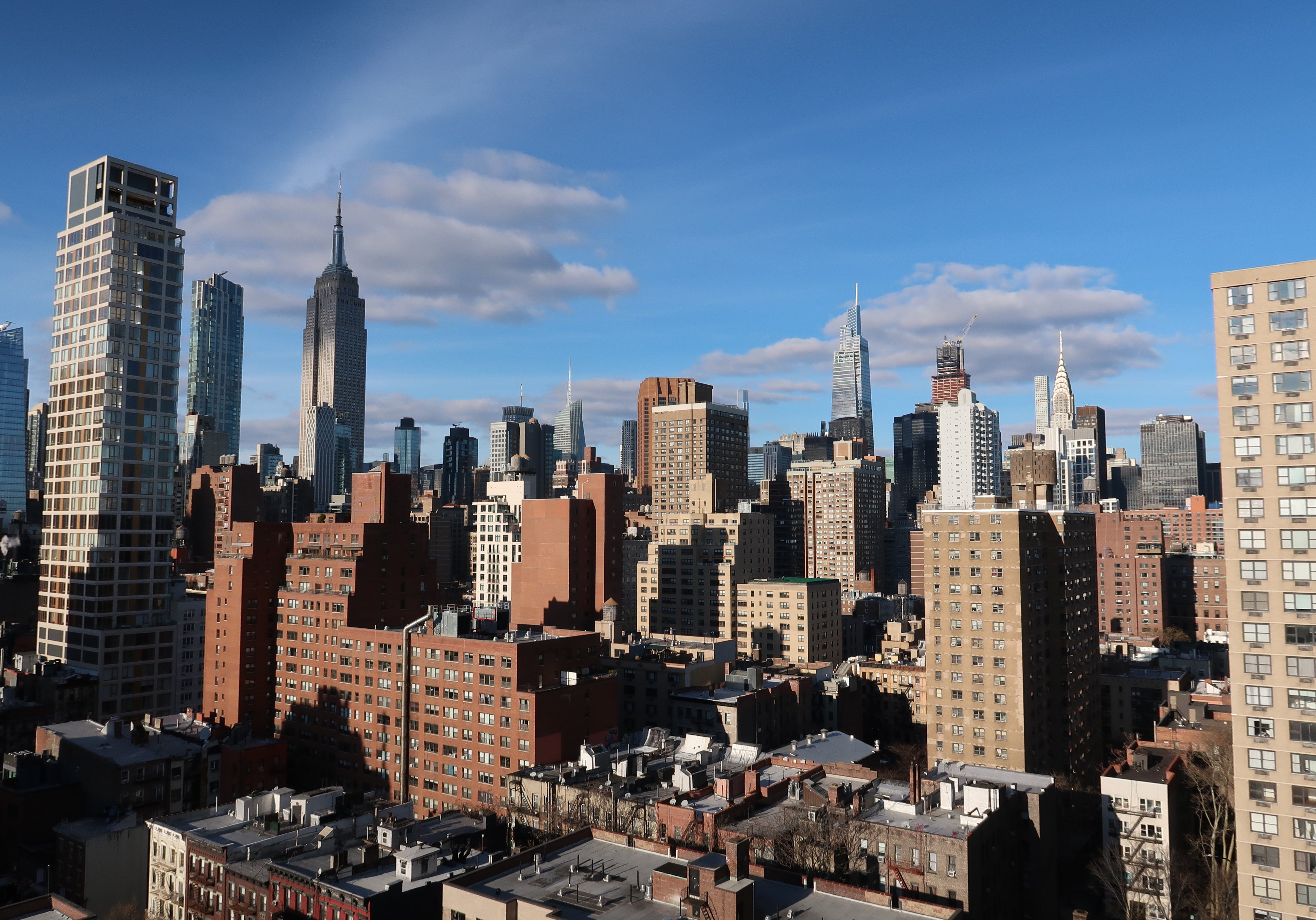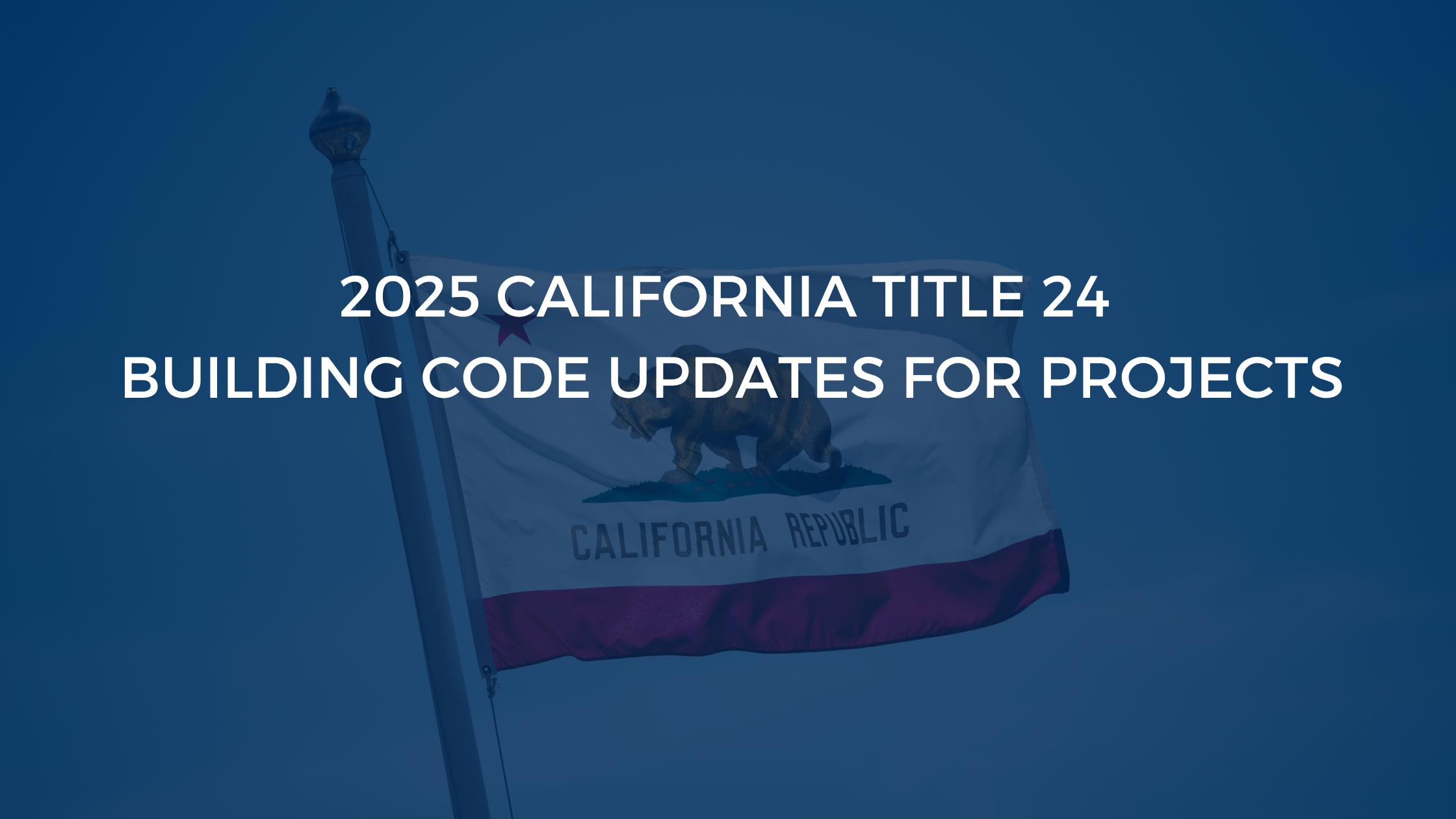On August 22, 2016, the Draft Scope of Work for the Greater East Midtown Rezoning’s Environmental Impact Statement (EIS) was released as a part of the City Environmental Quality Review (CEQR). This rezoning is required to undergo an environmental review because it is a discretionary action taken by a city agency. As such, the potential harmful environmental impacts of the action must be studied, and the results of the study must be made public. To refresh your memory on what the CEQR process is, what its purpose is, and the steps involved, we have included a detailed explanation below.
Step 1: Environmental Assessment Statement (EAS)
Environmental Assessment Statements (EAS) are required for discretionary actions taken by city agencies. If the applicant conducting the EAS—referred to as the ‘lead agency’—finds that there is the potential for significant adverse environmental impacts, then this is a Positive Declaration, and a more in-depth review is required. If the lead agency finds that there is no potential for significant adverse environmental impacts, then a further environmental review is not needed.
Step 2: Draft Scope of Work and Public Scoping Meeting
After the EAS is completed, a Public Meeting is held wherein members of the public can comment on the Draft Scope of Work, which is the proposed scope of the more in-depth environmental review. Comments from the public will be accepted at least 30 days before the public meeting, and at least 10 days after the public meeting. After the public review process is completed, the scope is finalized for the next portion of the environmental review.
Step 3: Draft Environmental Impact Statement (DEIS)
For this step, a more in-depth study is conducted, and a lengthy report is submitted. This report, called the ‘Draft Environmental Impact Statement (DEIS)’, studies all of the possible environmental impacts of the project. This document is required to be made public. If the study finds that a project leads to significant adverse environmental impacts, options for mitigation strategies are required as a way of showing how the anticipated environmental impacts can be prevented and/or lessened.
Step 4: Public Hearing
After the DEIS is submitted, another Public Meeting is held wherein members of the public can comment on the DEIS. Comments from the public will be accepted at least 15 days before the public meeting, and at least 10 days after the public meeting.
Step 5: Final Environmental Impact Statement (FEIS)
After the public hearing, the DEIS is revised to take the public’s comments into account. After these revisions, the environmental review is finalized and referred to as the ‘Final Environmental Impact Statement (FEIS)’.
Step 6: Statement of Findings
Once the FEIS is complete, the lead agency releases a Statement of Findings to indicate the significant adverse environmental impacts that are likely to be caused by the project, along with a plan for how to avoid or mitigate said impacts.



-3.png)


